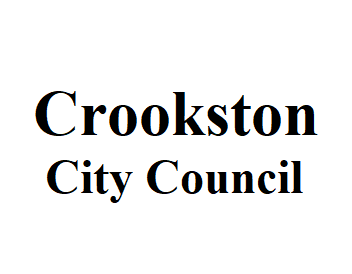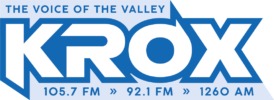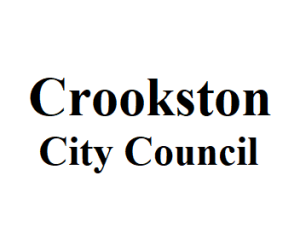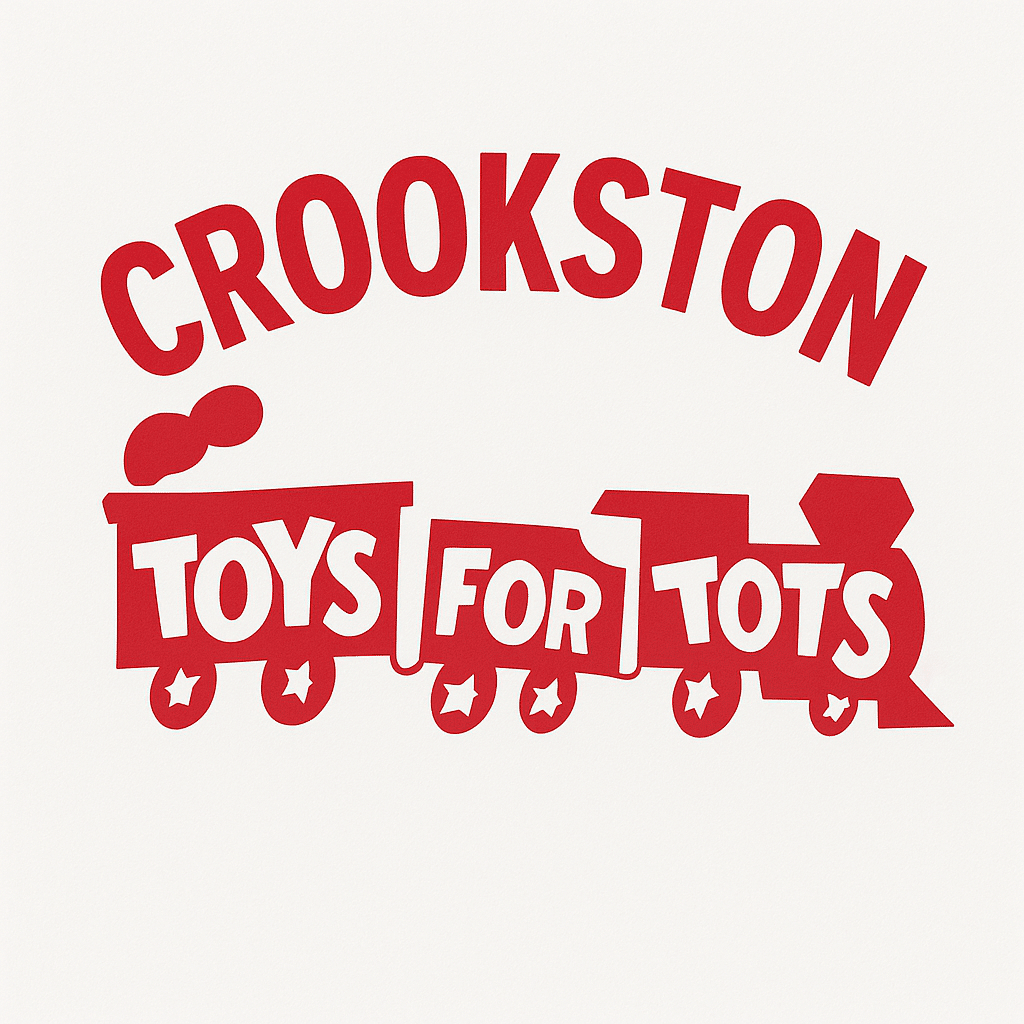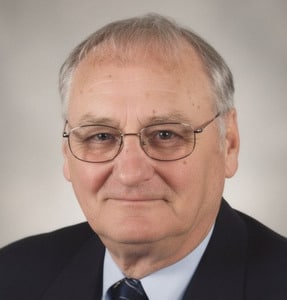The Crookston City Council met on Monday night, holding public hearings and approving the 2021 street projects. They also heard from MnDOT District 2 Project Manager Matt Upgren about a possible corridor study to bring the downtown sidewalks up to compliance with the Americans with Disabilities Act (ADA).
The first step in potentially bringing the sidewalks along the Highway 2 corridor into compliance would be to complete a corridor study, including a possible demonstration of proposed changes. After the study, the City Council would have the opportunity to approve or reject the proposed changes. “By saying that the city wants to proceed with this corridor study, that’s saying they’re going to hire a consulting group to perform an analysis of downtown,” said Upgren. “What’s not working, and what can we do to fix it. And then provide an alternative for the council to vote on. So, by proceeding with the corridor study, all the City Council agrees to is the report itself. Ultimately, the City Council will have a vote on whether they’d like to adopt any of the alternatives described in that report.”
Upgren told the committee that Crookston was identified as a community to receive special ADA funding to complete a project if they wanted to do so. When asked, Upgren said the funding was unlikely to come up again for 15-20 years until the next reconstruction of the roadway is planned. He also mentioned that an alternative resulting from the study could likely include reducing one lane of traffic in each direction or the loss of parking to incorporate the necessary changes to be ADA compliant.
Councilman Tom Vedbraaten asked if the sidewalks could become compliant through changes as simple as replacing the bricks with concrete and changing some curb heights. Upgren said that wouldn’t bring the sidewalks into compliance and wouldn’t be something that MnDOT would pay for. Mayor Dale Stainbrook also expressed his understanding was that the City of Crookston would also have to take steps individually to make the sidewalks ADA compliant without state funding if they wanted to replace the bricks another time.
The City of Crookston would be responsible for hiring the consultant for the study. However, MnDOT would pay for the project along the corridor, which they estimate would cost $100,000. “MnDOT will be paying the City of Crookston should they choose to proceed for the scope of work identified,” said Upgren. “MnDOT pays the city, and then the city turns around and pays the consultant with that same money. So, it is state/MnDOT funds being used for that corridor study.”
The City would be responsible for any additional areas included in the study, such as South Main or South Broadway and the through streets like 2nd Street if they’d decide to reconstruct those sidewalks for compliance. Upgren also noted that lights would be removed and replaced if a project were completed, and MnDOT would pay 50 percent of what the state standard for lighting was, with the City of Crookston responsible for the remainder. The City Council said they’d further discuss the corridor study at their strategic meeting session on Wednesday, February 17, and make a decision whether or not to proceed at the City Council meeting on Monday, February 22.
Extending Local Emergency for COVID-19
The City Council also approved its consent agenda, which included a resolution to extend the public emergency for COVID-19. City Administrator Amy Finch explained that the Council continues to see that extension coming up because the existence of a declared emergency provides flexibility in how meetings can be conducted without additional notice. “We are continuing to pass the local emergency resolution so that during this pandemic, we are prepared and proactive if a Councilmember or Councilmembers need to attend the meetings virtually without prior notice,” said Finch. “There are statutes that provide for that outside of a local emergency. I believe there is notice time and having to notify the public. This allows us to continue operating and not have to be in the position of not having a quorum if one or several can’t attend in person because of a quarantine or an illness to keep us safe and keep doing city business.”
2021 Street Improvements
Public hearings were held for the proposed 2021 street improvements. John Squartino, the North Acres and Carmen Terrace mobile home parks owner, spoke via phone during the hearing on Project 982 for 7th Avenue South. Squartino said as new owners who’ve put significant capital into properties and the ability to afford the special assessment would be hindered by further investment in the property scheduled for this spring.
Stainbrook informed Squartino that the assessment could be paid over a 10-year period with an interest rate. And Public Works Director Pat Kelly said that the interest rate is determined for the special assessment meeting held in the fall. On November 23, 2020 (here), the special assessments for 2020 street improvement projects were assessed at three percent. Squartino said he didn’t believe the expense was something his investment pool would accept and that he didn’t want to raise rates for tenants, which he noted had already been raised considerably.
The City Council approved all the projects listed below with their estimated cost and special assessment (assessed at $40 per foot).
- Project 975: reconstruction of Stephens Drive from Hoven Lane to Radisson Road – Estimated Cost: $415,600 – Estimated Assessment: $69,996
- Project 976: reconstruction of Grant Street from North Front Street to Widman Lane – Estimated Cost: $132,500 – Estimated Assessment: $23,400
- Project 977: bituminous mill & overlay of North Front Street from Sixth Street to Sherman Street – Estimated Cost: $260,000 – Estimated Assessment: $46,300
- Project 978: bituminous mill & overlay of Riverside Avenue from Victoria Street to Summit Ave – Estimated Cost: $123,700 – Estimated Assessment: $37,740
- Project 979: bituminous mill & overlay of Elm Street from Fourth Street to Summit Avenue – Estimated Cost: $118,000 – Estimated Assessment: $18,000
- Project 980: bituminous mill & overlay of 4th Avenue North from North Broadway to Alexander Street – Estimated Cost: $88,300 – Estimated Assessment: $18,000
- Project 981: bituminous mill & overlay of Central Avenue from North Ash Street to Albert Street – Estimated Cost: $116,600 – Estimated Assessment: $22,500
- Project 982: bituminous mill & overlay of 7th Avenue South from South Main Street to Marshall Street – Estimated Cost: $29,000 – Estimated Assessment: $21,375
- Project 983: concrete mill and overlay of sidewalk and bridge deck on South Broadway from South Main Street to Houston Avenue – Estimated Cost $450,000 – Estimated Assessment $0
Kelly said a larger scope and number of projects would be completed in 2021 because of additional funding. “We’re in line in 2021 for federal money, which adds about $800,000 to our pot,” said Kelly. “A number of these projects will be utilizing federal and state along with local money, so we were able to increase the number of projects we were doing.”
The South Broadway Bridge condition has been discussed several times over the past couple of years at City Council and Ways & Means meetings. In May 2019 (here), Kelly had said the bridge MnDOT felt the bridge didn’t need replacement during their 2017 funding. However, with the project’s approval Monday night, the deck replacement will be completely covered by federal and state funds. “They are going to do some sidewalk repair and replace the bridge deck,” said Kelly. “There are some hollow spots underneath it, and we’ve finally gotten to the point where the bridge meets the criteria to have work done to it.”
ORDINANCE AMENDMENT
The final item on the City Council’s agenda was the second reading and final passage of an amendment to City Code Chapter 52.16, “Discharges of Unpolluted Drainage.” The approved change will allow residents to connect sump pumps to the sanitary sewer with a permit, which will become available on the City of Crookston website within the next couple of days. “We’ve got a permit that will allow homeowners to replumb their sump pumps during the winter months – I believe from November 1 to April 1 – and allow them to discharge that into their sanitary sewer instead of into their yard where it freezes up,” said Kelly. “There will be a fee involved and an inspection process, but at least it will allow homeowners to put that in. I know homeowners up on the north-end run them pretty frequently. It will allow them to put that in and save themselves some possible problems with freezing, breakage, and damage to their homes.”
